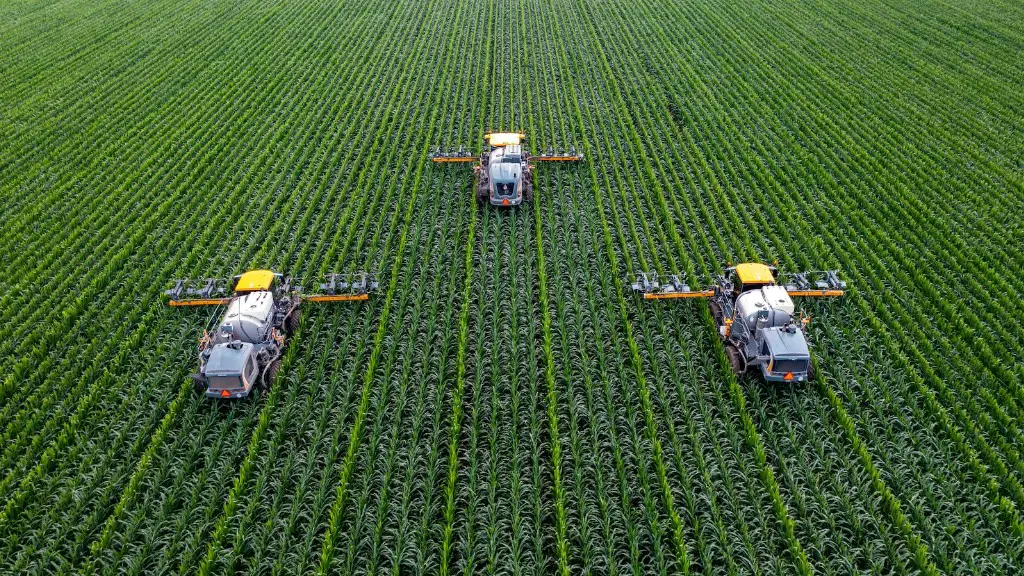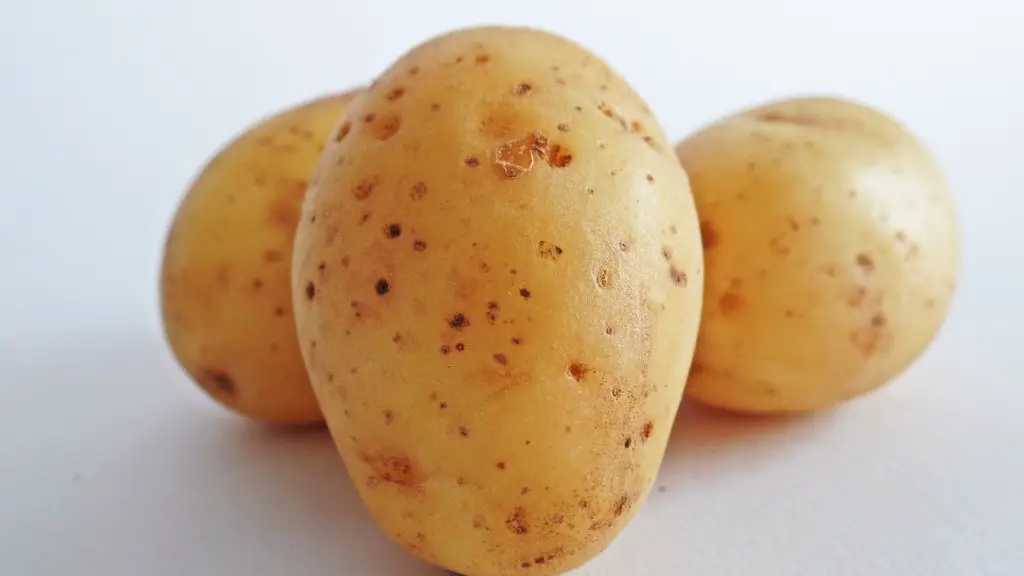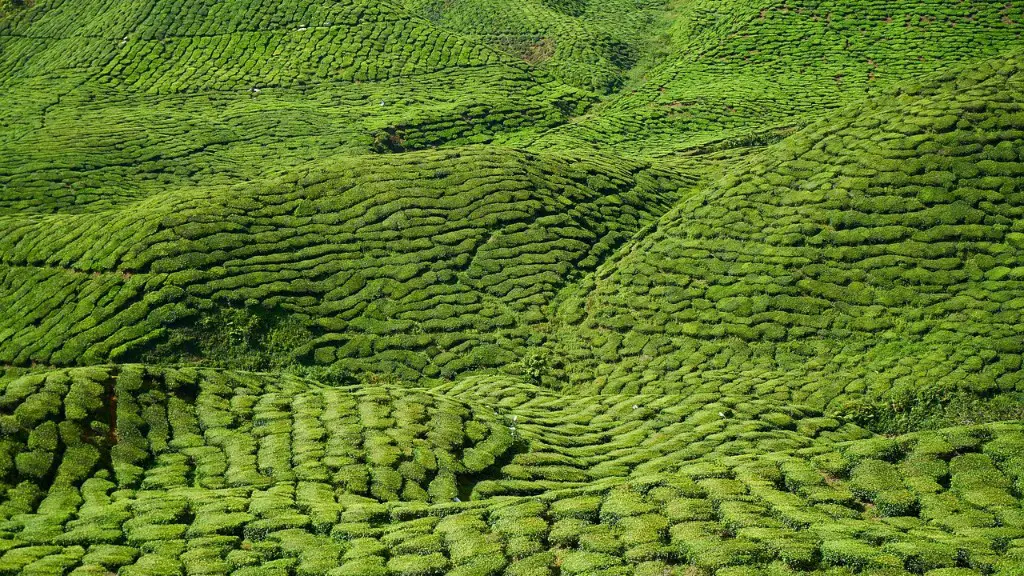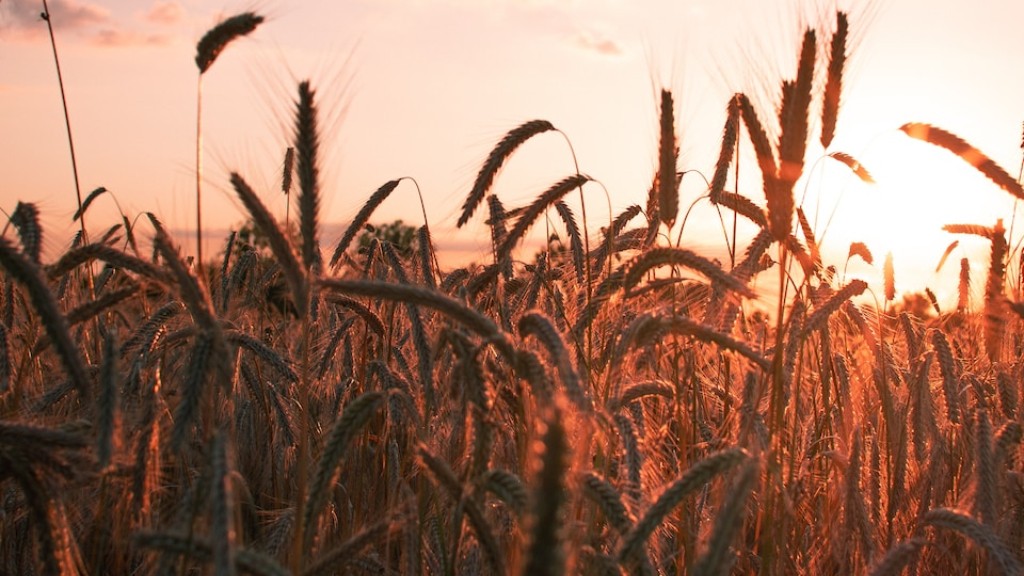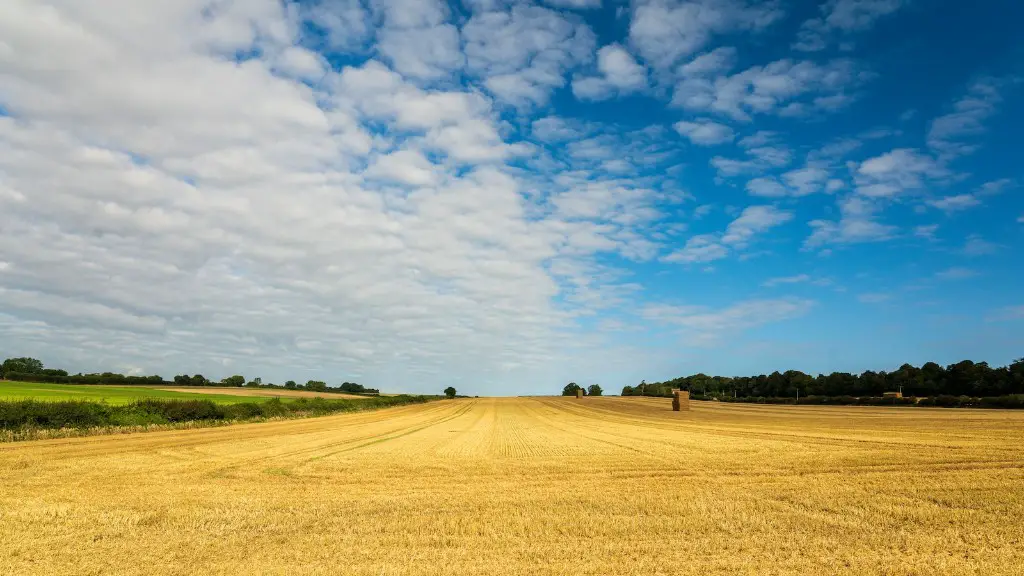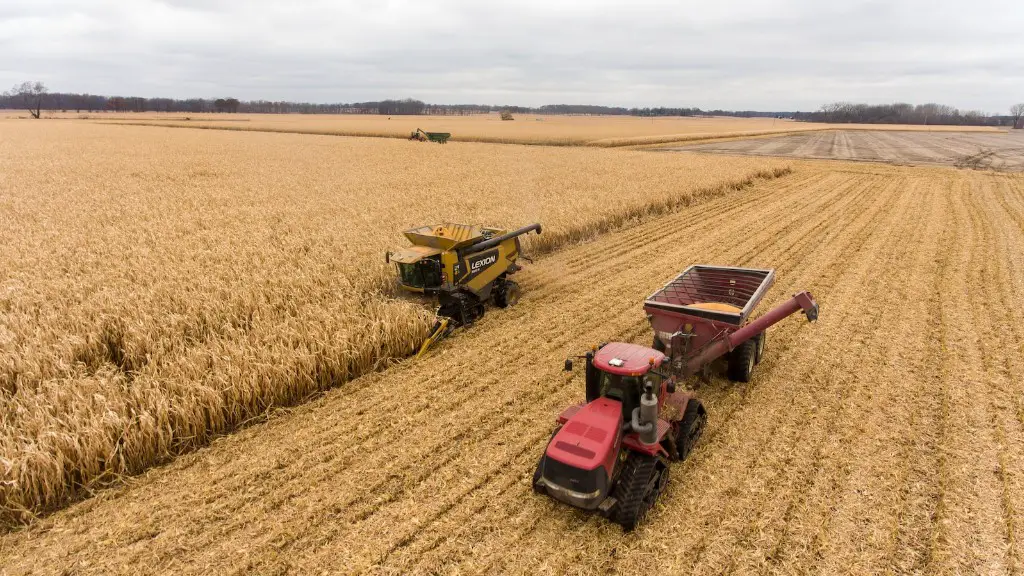When did human agriculture began? Agriculture is an important part of human civilization, and it is thought to have originated independently in different regions of the world. The earliest evidence of agriculture comes from theMiddle East, where early humans began to domesticate plants and animals around 10,000 BCE. Agriculture allowed for the domestication of plants and animals, which led to the development of civilizations.
The start of agriculture is an important moment in human history. It marks the transition from a hunter-gatherer lifestyle to one in which people began to domesticate plants and animals, and to settle in one place. Agriculture allowed for the development of civilizations and the rise of cities. It also had a major impact on the environment, as people cleared land for farming and altered the landscape.
The exact date when human agriculture began is a matter of debate. Some evidence suggests that it started in the Fertile Crescent, in the region that includes modern-day Iraq, about 10,000 years ago. Other evidence suggests that agriculture began in China, about 8,000 years ago. It is likely that agriculture developed independently in different parts of the world at different times.
When and where did agriculture begin?
The Zagros Mountain range, which lies at the border between Iran and Iraq, was home to some of the world’s earliest farmers. Sometime around 12,000 years ago, our hunter-gatherer ancestors began trying their hand at farming. The Zagros Mountains provided a perfect place for early farmers to test out their new way of life – the climate was mild and the soil was rich. Plus, the mountains offered protection from the harsh desert conditions that surrounded the region.
Today, the Zagros Mountains are still home to many farmers. In fact, the region is one of Iran’s main agricultural areas. The farmers of the Zagros Mountains grow a variety of crops, including wheat, barley, rice, and fruits. They also raise livestock, such as sheep and goats.
The Zagros Mountains have a long and rich history – and they continue to play an important role in the lives of the people who live there.
The ancient Egyptians were among the first peoples to practice agriculture on a large scale. They began doing so in the pre-dynastic period, from the end of the Paleolithic era into the Neolithic period, between around 10,000 BC and 4000 BC. This was made possible by the development of basin irrigation, which allowed them to cultivate the land more effectively.
How did humans start agriculture
It is noteworthy that the change from hunter-gatherer to agricultural societies did not happen overnight, but was a gradual process that took place over the course of several thousand years. This is likely due to the fact that early humans were uncertain about the reliability of food resources, and so they hedged their bets by maintaining a nomadic lifestyle. Once they began to understand the patterns of the natural world around them, they were able to settle down and develop more efficient ways of producing food.
Wheat and barley are two of the oldest crops that have been cultivated by humans. They have been a staple in many cultures for centuries and are still widely grown today. Wheat is a versatile grain that can be used to make bread, pasta, cereal, and more, while barley is often used in brewing and distilling. Both crops are highly nutritious and have many health benefits.
Who was the first farmers on earth?
A new study has found that the first farmers were actually a mixture of Ice Age hunter-gatherer groups, spread from the Near East all the way to south-eastern Europe. The study suggests that the genetic origins of the first agriculturalists in the Neolithic period are more complex than previously thought.
The findings of the study have important implications for our understanding of the origins of agriculture, and the spread of early farming cultures across Europe. It seems that the first farmers were not simply a homogeneous group of people with a single point of origin, but rather a more diverse group, with roots in different parts of the continent.
The study provides new insights into the complex process of the Neolithic transition, and underscores the importance of interdisciplinary research in understanding our past.
New economies were successful in some areas because they allowed for the growth of cities and civilizations. The earliest civilizations based on intensive agriculture arose near the Tigris and Euphrates Rivers in Mesopotamia (now Iraq and Iran) and along the Nile River in Egypt. These civilizations were successful because they had access to resources that allowed them to grow and develop.
What was the earliest form of agriculture?
Agriculture is one of the oldest human activities. The earliest evidence of agriculture dates back to the Near East, where barley may have been the first crop domesticated. Soon thereafter, wheat, barley, peas, lentils, and vetch were also domesticated in the Near East. At the same time, dogs, goats, and sheep were domesticated.
For decades, scientists have believed our ancestors took up farming some 12,000 years ago because it was a more efficient way of getting food. We now know that this isn’t the whole story. New evidence suggests that our ancestors may have taken up farming for other reasons, including to improve their social status. This new view of the origins of agriculture is based on studies of modern hunter-gatherers, who are thought to be similar to our ancestors in many ways. These studies suggest that children and adults benefit from being part of a group that has access to a wide range of resources. This, in turn, leads to higher social status for those in the group. So it’s possible that our ancestors took up farming not just for the food, but also for the social benefits.
What year was 10,000 years ago
The Quaternary extinction event began around 8,000 BC and resulted in the extinction of many ice age megafauna, including the megatherium, woolly rhinoceros, Irish elk, cave bear, cave lion, and the last of the sabre-toothed cats. This event profoundly affected the global ecosystem and has been ongoing for millennia.
Before farming, people lived by hunting wild animals and gathering wild plants. When supplies ran out, these hunter-gatherers moved on. Farming meant that people did not need to travel to find food. Instead, they began to live in settled communities, and grew crops or raised animals on nearby land.
What is the oldest crop in the world?
For over 13 000 years, lentils have helped shaped the course of human history Today, we add lentils to tasty stews, soups and salads In ancient times, however, lentils were an important part of establishing modern societies.
Lentils are a type of legume that is high in protein and fiber. They are an excellent source of several vitamins and minerals, including folate, iron, and manganese. Lentils have a long history dating back to ancient times.
For centuries, lentils have been an essential part of the human diet. They were a particularly important crop in the Fertile Crescent, a region in the Middle East that is often credited with being the birthplace of modern civilization.
Lentils were one of the first crops to be domesticated in the Fertile Crescent, and they were a key part of the diet of early farming communities. lentils were so important to the people of the Fertile Crescent that they even included them in their burial rituals.
Over time, lentils spread from the Fertile Crescent to other parts of the world, and they became a staple food in many cultures. Today, lentils are still a popular food, and they play an
People first began eating grains about 75,000 years ago in western Asia. These grains, including einkorn and emmer, were ancestors of today’s wheat. Einkorn and emmer grew wild near the banks of rivers. People harvested the grasses that grew naturally near their communities.
Where is the birthplace of agriculture
There are a few theories as to how and why agriculture first began, but the most likely explanation is that early humans simply began to domesticate plants and animals out of necessity. The Fertile Crescent is thought to be where agriculture first began because it has ample rainfall and a long growing season, making it ideal for crops. Additionally, the area is home to many of the world’s earliest known civilizations, including the Sumerians, Babylonians, and Assyrians, who all made major contributions to the development of agriculture.
Farming quickly became essential to human survival as it allowed for a more reliable food supply. Hunter-gatherers were able to settle in one place and build civilizations. Agriculture also allowed for fewer people to be needed to gather food, which allowed for other people to specialize in other occupations.
What is the timeline of agriculture?
The Neolithic Revolution was a period of time in which the cultivation of wheat, sesame, barley, and eggplant began in Mehrgarh (modern day Pakistan). The domestication of cattle and chicken also began during this time in Mehrgarh. The Revolution also saw the beginning of rice domestication in southeast Asia and the domestication of cattle in Turkey.
Agriculture was a game-changer for humans. It allowed us to settle down in one place, which led to the development of civilizations. Agriculture also allowed us to produce more food than we could gather from hunting and scavenging.
Warp Up
The first evidence of human agriculture dates back to around 10,000 BCE in the Fertile Crescent region of the Middle East. This is when people began to domesticate plants and animals and to cultivate the land.
The answer to this question is not definitive, as there is evidence of small-scale agriculture dating back as early as 10,000 BCE. It is thought that early human agriculture began as a way to supplement hunter-gatherer diets with additional sources of food. Over time, as more and more people began to adopt an agricultural lifestyle, it became increasingly important, and eventually became the dominant form of subsistence.
